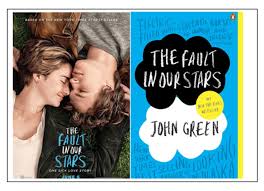In Chapter 6 “Narrative”, Culler mentions the two quintessential parts to any story; plot and discourse. A plot, according to Aristotle, is to have a beginning, middle, and end. It requires a transformation of some kind; a transition from an initial circumstance to a substantial resolution. The plot is the “shaping of events” while the discourse refers to how that plot is told; such as the selected point of view and the choice of focalization and narrative style.
See if you recognize this one, the plot: we follow the story of a simple southern boy with a low IQ and leg braces. We see him through his years as he grows, learns, loves, travels, and ultimately lives through world-changing events seemingly unfazed and constant. The discourse: this story is told mainly in first-person. The narrator speaks to us by speaking to other characters in the present-day, about his past. As such, the main character uses a temporal focalization; as he is speaking about his now past, he constantly contextualizes actions and events with phrases such as “now, at the time”. He also relies heavily on the narratee’s knowledge of world history, as he casually mentions these events transpiring around him. Despite constant breaks to the present-day as the characters he speaks to change several times over, the narrator manages to tell his story in order from past to present almost methodically.
What makes a story worth it? They can provide simple pleasure and allow us to explore desires. They can attempt to satisfy a thirst for knowledge and expose us to new ideas and new interpretations. And they can inform on and criticize social norms; this last reason I find the most interesting. Just look at how the concept of how to be a “man”, “woman”, or “adult” has changed dramatically in the last 20 years. such definitions like those of fitness and gender roles have been expanded. With mental health concerns being more recognized today, an action, such as crying, is not seen as such a “weakness” and is in fact encouraged in today’s society.



